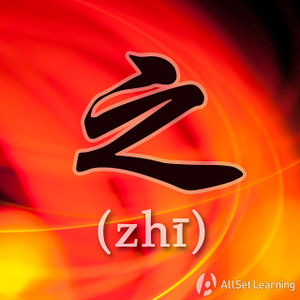Difference between revisions of "Expressing fractions with "fenzhi""
Yangrenjun (talk | contribs) |
|||
| Line 1: | Line 1: | ||
{{Grammar Box}} | {{Grammar Box}} | ||
分之 (fēnzhī) can be used to form a fraction in Chinese. When expressing a fraction, the denominator is always said before the numerator: | 分之 (fēnzhī) can be used to form a fraction in Chinese. When expressing a fraction, the denominator is always said before the numerator: | ||
| + | |||
| + | ==Structure== | ||
<div class="jiegou"> | <div class="jiegou"> | ||
| Line 8: | Line 10: | ||
So a 1/2 is read 二分之一, not 一分之二. | So a 1/2 is read 二分之一, not 一分之二. | ||
| − | + | ==Examples== | |
<div class="liju"> | <div class="liju"> | ||
| Line 17: | Line 19: | ||
</div> | </div> | ||
| + | |||
| + | |||
== Sources and further reading == | == Sources and further reading == | ||
Revision as of 03:20, 25 September 2012
-
Level
-
Similar to
-
Used for
-
Keywords
分之 (fēnzhī) can be used to form a fraction in Chinese. When expressing a fraction, the denominator is always said before the numerator:
Structure
denominator + 分之 + numerator
So a 1/2 is read 二分之一, not 一分之二.
Examples
- 人 身体 中,水 占 三 分之 二。
- 印度 和 中国 的 人口 加 起来 是 全球 人口 的 三 分之 一。
- 掷 色子 时,有 六 分之 一 的 可能性 掷 到 三。
Sources and further reading
Books
- Chinese: An Essential Grammar, Second Edition (pp. 18) →buy
- New Practical Chinese Reader 3 (新实用汉语课本3) (pp. 152-3) →buy



